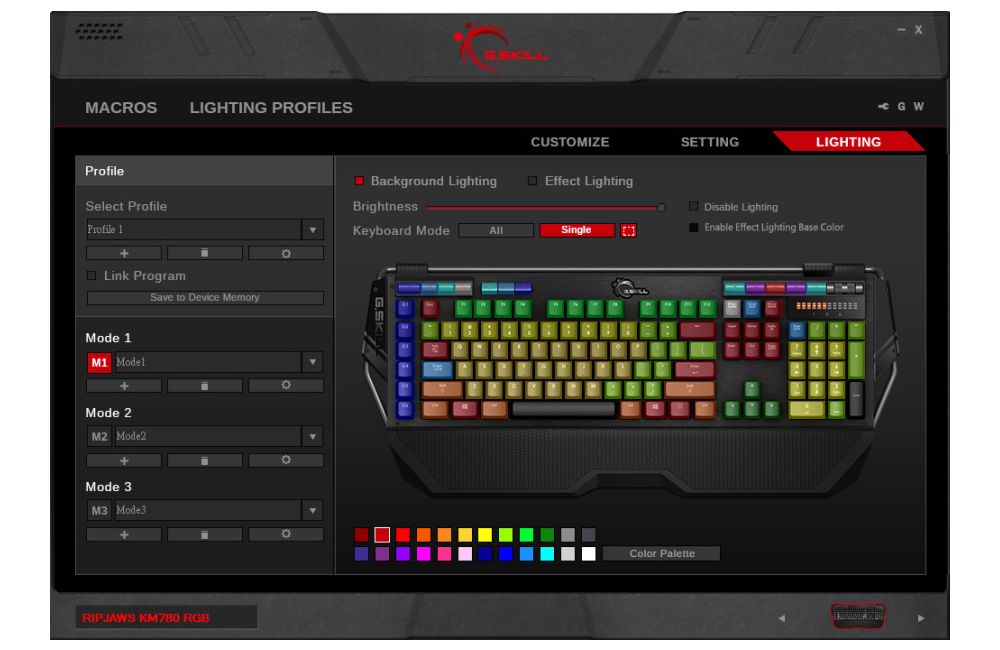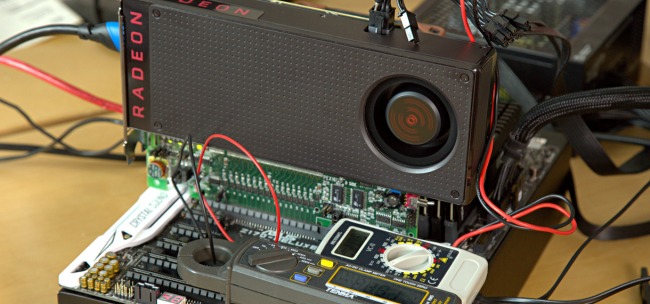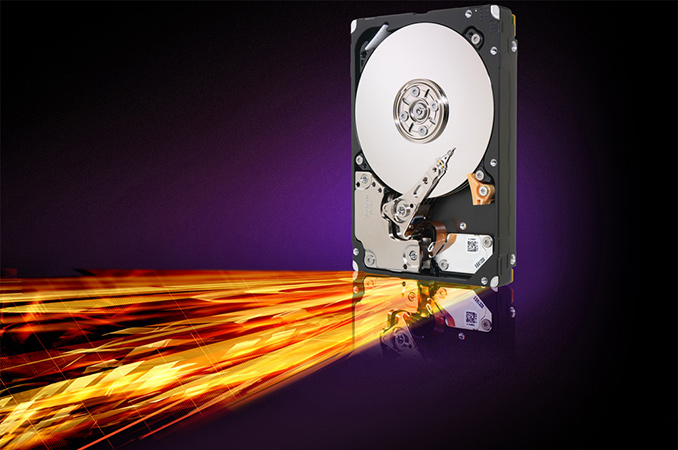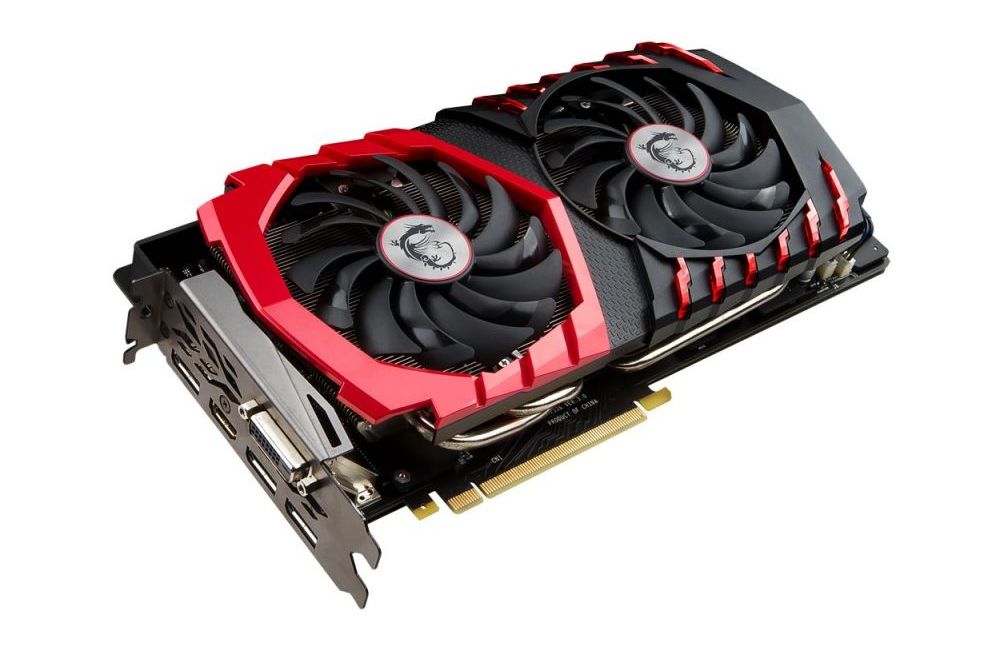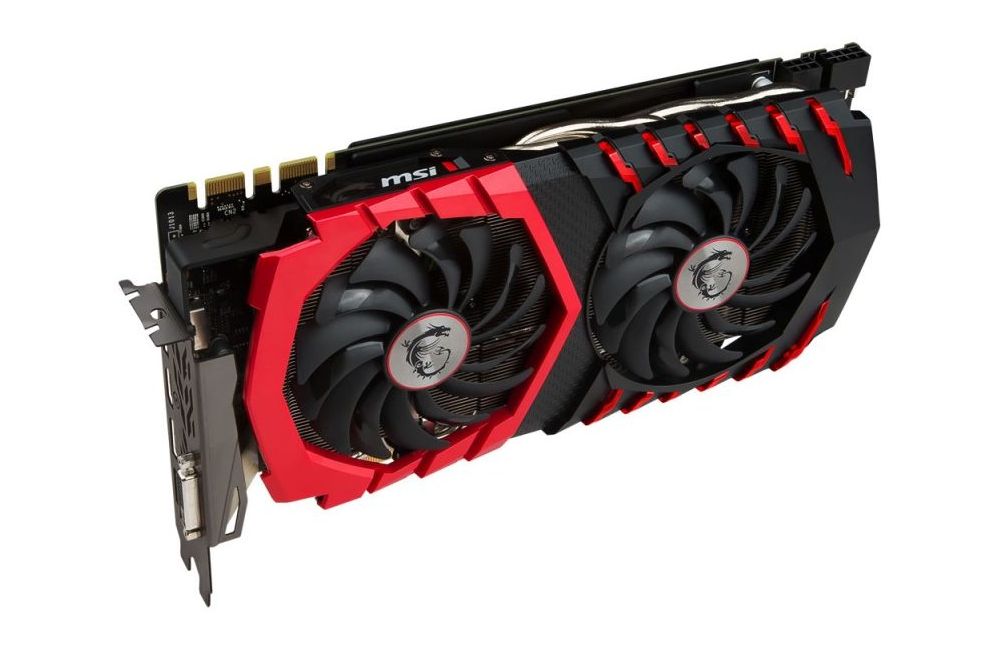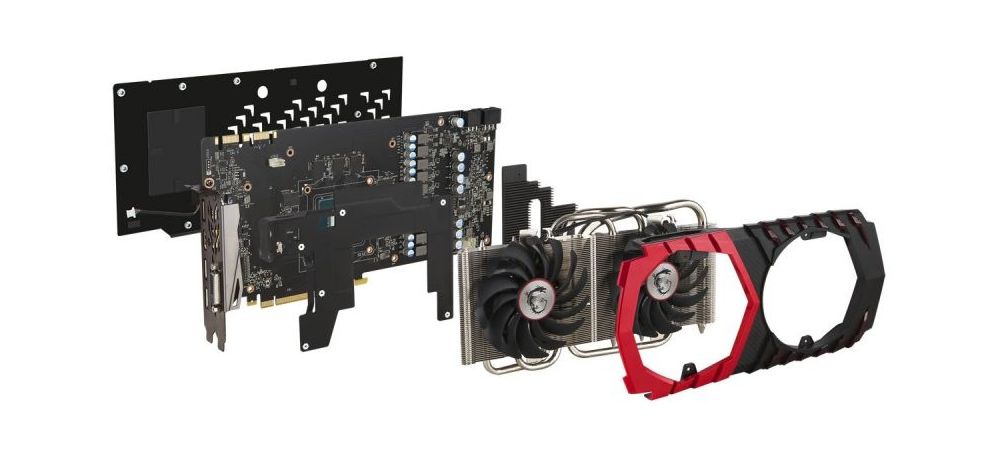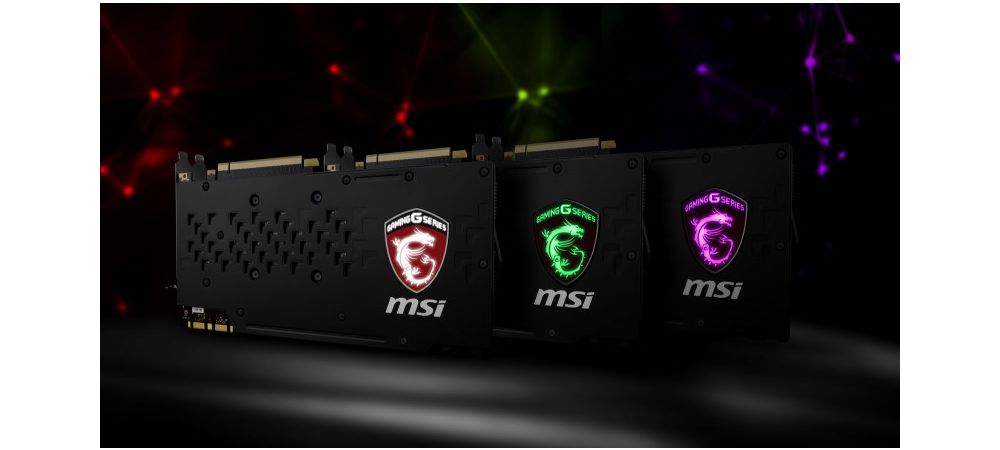In the recent months, Seagate has made several significant announcements regarding the future of HDD technology and unveiled a number of important products. In particular, late last year the company has said that hard disk drives would continue to evolve in the following 20 years, implying that Seagate is exploring multiple technologies to improve capacities and performance of HDDs. Additionally, Seagate introduced the first shingled magnetic recording (SMR) based consumer drives for mobile PCs, which marks a significant milestone in the development of the technology.
While solid-state storage devices are evolving fast in terms of performance and getting more affordable every year, they are not going to match hard drives in terms of cost-per-GB anytime soon. Still, with economic feasibility in place, HDDs are poised to keep evolving with larger capacities and better performance. Throughout the history of hard drives, the evolution of HDDs has involved multiple factors, including materials (platters), mechanics (motors, arm movers, internal structure, and so on), read/record heads, controllers and firmware.

The keys to additional capacity and performance of HDDs have remained generally the same over the years: small pitches and narrow tracks as well as a high rotating speed respectively. The evolution of HDDs in the future will rely on platter density and new heads, as well as the compute capabilities of their controllers. The performance of HDD controllers in the coming years will matter more than ever.
For our coverage, we approached Seagate and spoke with Mark Re, SVP and Chief Technology Officer of Seagate, to discuss their plans to announce HDDs featuring other important technologies. Rather than a question/answer discussion, what follows is a culmination and expansion of topics discussed.
Sources and Recommended Reading:
Seagate: Hard Disk Drives Set to Stay Relevant for 20 Years
Hard Disk Drives with HAMR Technology Set to Arrive in 2018
Market Views: HDD Shipments Down 20% in Q1 2016, Hit Multi-Year Low
Today, the vast majority of HDDs are based on perpendicular magnetic recording (PMR) technology, which is sufficient for today’s applications in terms of areal density and performance. Several years ago makers of hard drives believed that PMR technology would not support areal densities of over 1 Tbit per square inch (Tb/inch2) because of physical limitations and yields. However, in the last couple of years, a lot of progress has been made and it looks like PMR technology will continue to evolve towards that goal (albeit slowly).
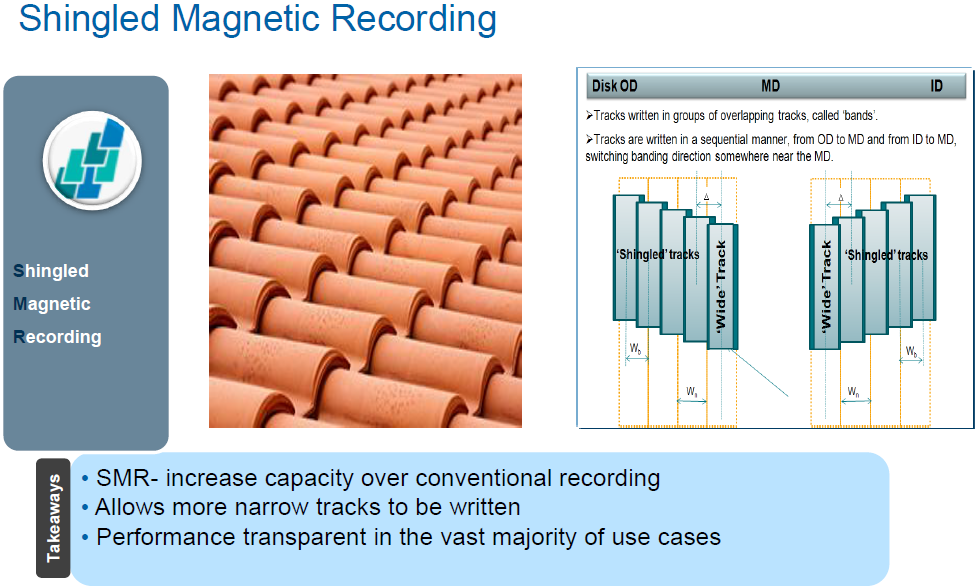
To increase areal densities significantly, Seagate started to use shingled magnetic recording (SMR) technology several years ago. The SMR technology enables areal densities higher than 1 Tb/inch2, but brings a number of challenges. HDDs that use shingled recording write new tracks that overlap part of the previously written magnetic tracks. The overlapping tracks may slow down writing because the architecture requires HDDs to write the new data and then rewrite nearby tracks as well. For this reason, Seagate’s implementation of device-managed SMR groups puts adjacent tracks into bands, where shingling ends. This optimizes the number of tracks that need to be rewritten after writing operations and thus promises to help provide deterministic and predictable performance of SMR HDDs in typical scenarios. Ultimately, environments that involve a decent amount of writing might not be impressed with SMR performance, but the key figure here is density.
Grouping into bands is not the only way to conceal peculiarities of SMR. In fact, every SMR drive has zones that use PMR recording technology with relatively fast writes. Those zones are used to quickly record data and perform other necessary operations when needed. Eventually, information from PMR zones is automatically moved to SMR zones without any actions from the user or the operating system. One can think about it as some sort of garbage collection that needs to be triggered by the firmware. Seagate does not disclose actual configurations of its SMR bands or capacity of PMR zones, but notes that such configurations depend on types of applications that the HDDs are designed for (i.e., consumer drives and drives for cold storage have different configurations).
To further ensure optimal writing performance, SMR-based HDDs can also integrate DRAM and/or NAND flash buffers. For example, Seagate’s Mobile 2.5”/7mm hard drive with 2 TB capacity has a 128 MB DRAM cache and an unspecified amount of SLC NAND flash memory. The SLC NAND buffer has a rather high writing performance, which means that when small amounts of data are recorded on an SMR-based drive, the latter can boast with a very high write speed. Since the amount of NAND flash is not very high (less than one gigabyte in the case of the mobile 2.5” 2 TB HDD), it does not help a lot with large files, but for a typical home user storage environment it should be helpful.
One of the areas Seagate is proud of is the iterative product design for optimizing writing performance of SMR-based drives since the company first introduced them several years ago. One might argue that the claimed performance numbers for the Seagate Archive 8 TB and Seagate Mobile 2 TB are not that impressive. This hides the implementation of SMR management in the Seagate Mobile 2 TB, which involves three levels of caches/buffers (DRAM, NAND, PMR zones), and demonstrates the complexity of such HDDs. The architecture of SMR-based consumer drives requires controllers with advanced computing features to manage buffers, transfer data from PMR zones to SMR zones and perform other operations to guarantee expected performance in different workloads. We have seen similar problems with TLC NAND-based SSDs, which use pseudo-SLC buffers to ensure fast writes. Depending on Seagate’s plans for the future, the device-managed SMR HDD architecture seems to be expandable for future performance benefits.
Seagate plans to adopt SMR rather widely going forward. In the near future, Seagate will introduce SMR-based HDDs specifically for video surveillance applications (Western Digital’s Purple line of HDDs spring to mind as the competition there). Later on, more hard drives featuring “shingled” platters for client PCs can also be expected. We are not sure whether SMR-based HDDs are set to be offered to performance-demanding applications given the evolution of PMR and inevitable emergence of other technologies, but we might see hybrid variants that a partial SMR and partial SMR to keep performance high. Still, Seagate made it clear that SMR is not reserved for cold storage.
Typically, companies tend to introduce new technologies with their high-end client products (either enthusiast or enterprise) and then adopt them for their application-specific and mainstream client devices. Over time, what once was an exclusive feature of ultra-high-end products, becomes an integrated part of mass-market parts. This will not be exactly the case with helium-filled hard drives, according to Seagate.
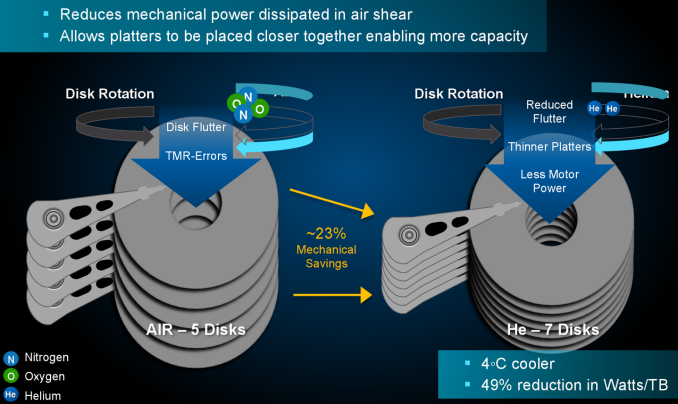
The density of helium is seven times lower than that of air. It allows hard drive makers to install up to seven platters into standard 3.5” HDDs. It also reduces power consumption, thanks to lower resistance for the movement of the heads and the platters and higher capacity per 3.5-inch unit. The lower motion resistance also aids in improving the accuracy of the positioning of the heads. HGST introduced helium-filled HDDs for cloud datacenters in 2013 and this year Seagate announced its first 10 TB helium hard drives targeting the same market segment. Helium has enabled both vendors to increase capacities and reduce power consumption of some of their enterprise-grade HDD product lines. As the implementation suggests, Helium based hard drives are sealed units.
Back in November, Seagate disclosed that its experiments with helium began in early 2000s and the company had 12 years experience with the technology. Mark Re re-affirmed that Seagate was indeed very familiar with helium and that its sealed platform was robust. However, this does not mean that it intends to use it across many product lines. In fact, as of now, Seagate does not even have a marketing name for its hermetically-sealed HDD technology (unlike HGST’s HelioSeal nomenclature), an indicator that helium-filled hard drives from Seagate are not aimed at consumers.
While filling hard drives with helium helps to position heads more accurately (something expected to become more important as tracks get narrower), Seagate has also reduced fluid flow forces inside HDDs using purely mechanical solutions and plans to continue refining its technology. Therefore, helium is not a must for the next-generation hard drives that employ HAMR, TDMR or other technologies that improve areal densities with smaller and narrower pitches and tracks.
Western Digital, on the other hand, recently introduced its new helium-filled WD Red, WD Red Pro and WD Purple hard drives for consumers, SMB and video surveillance applications. In addition, their new single-bay external DAS (direct-attached-storage) solution (My Book 8TB) is also using a 5400 RPM helium drive. This is a clear indicator that HGST’s helium technology is getting more affordable.
Seagate believes that maximization of capacity per drive (per rack and per square meter, to be more precise) and minimization of power consumption are the two features of importance to data centers (which is why seven platters per HDD and lower-power motors make sense). Meanwhile, as things like fluid flow forces can be mitigated using various other means, usage of helium inside HDDs outside of capacity-demanding applications is not justified right now, according to Seagate.
In our discussions, Mark asserted that it does not make a lot of financial sense to produce helium-based HDDs for consumers at all. Though, bear in mind that large corporations like Seagate are always developing a variety of technologies and platforms and can use them when the time is right. Therefore, if Seagate sees no value in helium for non-leading-edge HDD platforms at this time, it does not mean that the company cannot introduce inexpensive helium-filled HDDs in the future.
To sum up, at present, usage of helium inside the Seagate Enterprise Capacity 10 TB HDD gives the company a high capacity product for enterprise applications. However, Seagate believes that helium is not something that is needed outside of capacity-demanding applications at the moment. While Seagate did not disclose its helium roadmap to us, Mark Re made it clear that that the company does have one.
Two-dimensional magnetic recording (TDMR) is a yet another technology that should help to increase areal density and this is something that Seagate is investing in. The manufacturer believes that TDMR helps to increase areal density by 5% to 10%. Plans were announced several months ago and during the conversation with Mark Re, it was confirmed that Seagate was on track to release its first commercial TDMR-based HDDs in mid-2017.
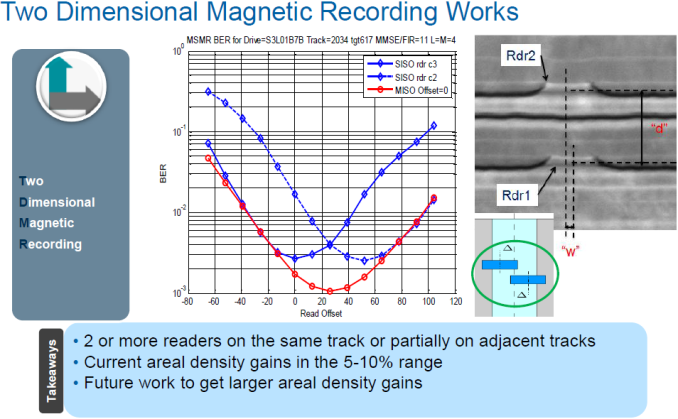
TDMR technology enables makers of hard drives to increase the areal density of HDD platters by making tracks narrower and pitches even smaller than they are today. While it is possible to minimize the writer (a part of an HDD’s head that writes data), reading becomes a challenge. As magnetic tracks become narrower, they start to affect each other, an effect called magnetic inter-track interference (ITI). This means It becomes increasingly hard for HDD heads (readers) to perform read operations. To mitigate the ITI effect of very narrow tracks, two-dimensional magnetic recording technology uses an array of heads to read data from either one, or several nearby tracks (a method described in several scientific publications). This improves the signal-to-noise ratio delivered to the controller. Several readers enable HDD controllers to determine the correct data based on input from several locations, which implies the need for powerful controllers. More importantly, a number of read heads will be a benefit for HDDs featuring HAMR in the future: heat-assisted recording improves the write process, whereas multiple readers improve the read process. We are also told that with relevant programming, hard drives featuring an array of readers per head can increase the performance of HDDs. This will clearly not make the new hard drives as fast as SSDs, but it will help Seagate’s customers (particularly in the SAS space) to increase the performance of their storage devices. Right now, Seagate does not talk about its plans to use multiple readers in commercial drives because such products are several years out, but considers this a possibility.
Seagate confirmed that TDMR lets HDD makers to increase areal density by up to 10%, which is a noticeable amount compared to typical PMR platters. However, additional capacity does not come free in this case when it comes to computing. An array of heads increases bandwidth requirements for the controller as well as the amount of information that the chip needs to process. As a result, the whole TDMR platform becomes generally expensive: it features multiple arrays of heads, new platters, new motors as well as new controllers. This is why Seagate plans to use it for server applications first sometime in early 2017. Seagate did not confirm whether such HDDs would use both TDMR and helium, but said that virtually all technologies could be mixed and matched to build the right solution for every possible application. Keep in mind that these are plans which are subject to change.
Hard drives with 10K and 15K spindle speeds are used to store mission-critical applications and data that also require high performance. Such drives typically use a SAS interface with its advantages over SATA/AHCI. Plenty of legacy systems and setups still rely on these fast hard drives, and as a result these systems are not going to be decommissioned in the near future. Nonetheless, the total available market for ultra-fast HDDs with 10K and 15K RPM spindle speeds has shrunk in the recent years due of SSDs. This does not mean that speedy HDDs no longer evolve – Seagate informed us that it is preparing another generation of 10K and 15K RPM HDDs.
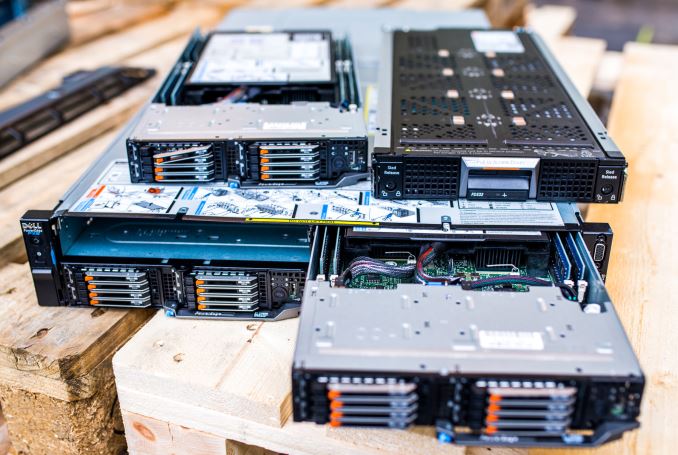
Seagate’s new generation of 10K hard drives will not only feature 10K RPM spindle speed as per the name, but also TDMR technology — two readers per head. Those readers will read one track to improve signal to noise ratio and enable higher capacities. Keeping in mind that we are talking about critical storage applications, HDDs with two readers per arm will keep using PMR or SMR recording technology, but eventually the tech could be used for HAMR-based drives.
When it comes to 15K HDDs, Seagate seems to be somewhat more humble or secretive. The company did confirm that it is working on at least one more generation of 15K hard drives. The high-performance SAS deployments are already there and someone needs to serve them, which is where the next-generation 15K HDDs may come in handy. Moreover, SNIA has a long roadmap for SAS towards 24 Gb/s transfer speeds and the year 2020 ahead of it, which is why it is important for Seagate to offer both HDD and SSD solutions for this market. The next generation of 15K HDDs could be the last generation of such hard drives, which is why it will have to offer a balance of features and technologies that Seagate does not want to discuss at this time. Perhaps, not because of competitive reasons, but because it is working with its customers to enable features that they need.
Nonetheless, as new data center platforms arrive, the need for 15K HDDs will inevitably decrease and Seagate understands that. For example, Intel’s latest SSDs for mission-critical applications rely on PCIe bus and NVMe protocol. As a major provider of ultra-high-end Nytro storage accelerators, Seagate will naturally follow market’s trends, but this is a topic to be covered by an SSD-related conversation.
As discussed above, SMR and TDMR technologies combined are expected to increase the areal density of HDD platters by approximately 10% to 20% compared to platters used inside of today’s hard drives. Seagate has done a lot to make SMR viable for a variety of applications and we are yet to see the fruits of TDMR. However, keeping in mind physical limitations of PMR and SMR as well as high-cost of helium-filled HDD tech (as of today, according to Seagate), a new magnetic recording technology is needed. Yes, we are (finally!) talking about HAMR.
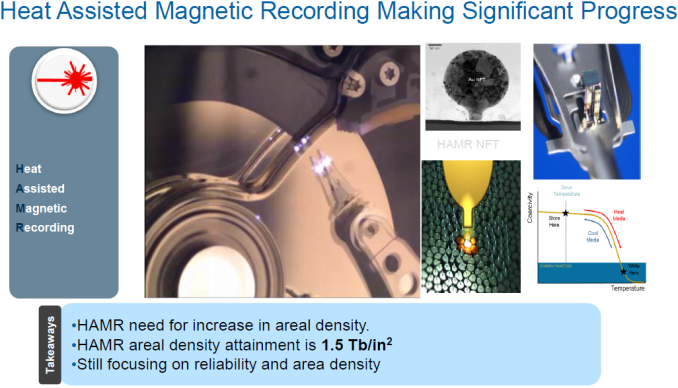
Seagate says that its HAMR heads heat media to approximately 450°C using a laser with 810nm wavelength and 20mW power. Seagate’s current internal HAMR-based HDD have an areal density of about 2 Tb/inch2, which is considerably higher when compared to today’s PMR or SMR HDDs. Potentially, this means that Seagate can increase the capacity of hard drives by 2x just by employing the technology. In reality, not everything is that easy.
The device, which heats storage media, is called a near-field optical transducer (NFT). Hard drive makers use gold as the primary NFT material due to its superior optical properties. On the other hand, gold has a comparatively low mechanical strength and such NFTs may experience reflow at elevated temperatures resulting in deformation of the NFT shape. A deformation in shape can reduce coupling efficiency and reduce the amount of light energy transferred to the storage medium, which essentially means a damaged hard drive. This is why Seagate and other makers of HDDs have researched and patented a variety of materials (alloys based on gold, to be precise) for NFT for years now. Seagate does not reveal the alloy it uses for NFTs for now.
Nonetheless, Seagate stresses that when it ships its first HAMR-based HDDs for evaluation (in 2017) and then for commercial systems (in 2018), they will be rated to work for a long time, just like today’s hard drives. Seagate does not reveal any data about its HAMR-based HDDs for now, but claims that they can offer several writes per drive per day over five years, which suggests pretty high reliability. Eventually, client drives will also rely on HAMR, but those HDDs are pretty far away from us at this point.
The HDD maker is not disclosing any details when it comes to transducer materials. Apart from a durable NFT, HAMR-based HDDs will need a new head (featuring a heater, a writer, and several readers to mitigate the ITI effect), which means a lot of work both on hardware on multiple fronts. In the end, HAMR-based hard drives will aim to add both capacity and performance. But to make everything work, Seagate will have to develop a rather robust platform, which will involve complex controllers in addition to new materials and a number of other things.
It should be noted that HAMR is a challenge for the whole industry, not just for Seagate. As a result, as soon as the industry figures out how to make HAMR-based hard drives as reliable as traditional HDDs, the technology will be used right across the board.
While the evolution of consumer HDDs in the recent years was not fast, things are about to change. Use of SMR will help to increase capacities of hard drives in the coming quarters and then TDMR will help to drive capacities again in the coming years. One thing that should be clear at this point is that the evolution of HDDs in the future will be slightly different from their development in the past. The reason for that is segmentation of the HDD market and the need for optimized configurations based on the application. Makers of hard drives tend to tailor their models for particular applications and one size does not fit all even in a segment of the market.
For example, archive, nearline, NAS, DAS and secondary HDDs for desktop PCs benefit from high capacities. However, performance barely matters for archive or DAS hard drives, whereas nearline and NAS have to be offer both storage space and relatively high performance. As a result, some HDDs just offer vast capacities and performance with the help of PMR, helium and 7200 rpm motors, whereas other rely on SMR and come with a lower spindle speed.
Things will not get any less complicated in the coming years because the technology to build HDDs that satisfy demands of end-users and cost reasonable amounts of money is not easy. As a result, some technologies, or a combination of technologies, will not be used to build all types of HDDs. Some things will remain mostly in the data center for Seagate (such as helium), other will be strictly aimed at the consumer (hybrid drives).
Moreover, Seagate and its rivals understand that HDDs cannot compete against SSDs when it comes to performance, especially random read/write performance. Therefore, while hard drives will get faster in the coming years, do not expect manufacturers to make performance their primary concern. At least, not when it comes to competition against SSDs. Density and power are primary concerns with a base level of performance.
Seagate’s roadmap includes SMR, TDMR, HAMR as well as multiple other technologies. The company has been developing a set of technologies that should enable capacity, performance, reliability, and endurance of future HDDs featuring the aforementioned recording methods. What the company cannot be sure about is exact demand from various market segments, for example, demand for data center HDDs does not seem to be growing rapidly, but yet this is a segment that Seagate pins a lot of hopes on. Client storage is changing in general and while it is possible to predict what future client HDDs should offer, demand for client hard drives are still up for debate.
The situation with some of the upcoming technologies is pretty clear and exact products will be developed based on market performance, keeping in mind financial viability. Recently Seagate announced plans to adjust its manufacturing capacities in a bid to maintain financial stability, which will inevitably have an impact on its future products.
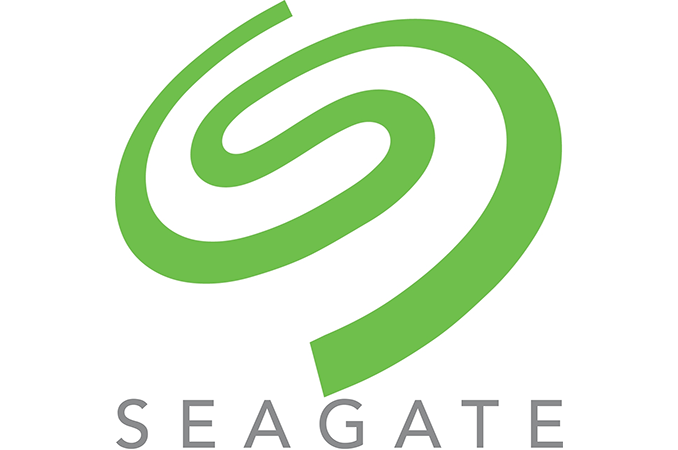
We would like to thank Mark Re for his time in discussing Seagate’s future.
Sources and Recommended Reading:
Seagate: Hard Disk Drives Set to Stay Relevant for 20 Years
Hard Disk Drives with HAMR Technology Set to Arrive in 2018
Market Views: HDD Shipments Down 20% in Q1 2016, Hit Multi-Year Low
